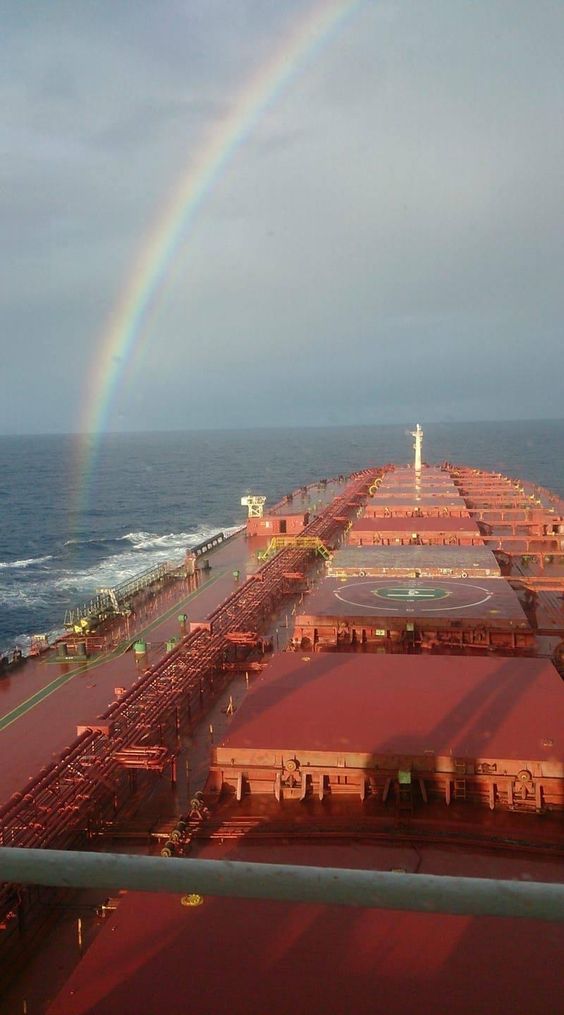Accurately tracking the Estimated Time of Arrival (ETA) of vessels bound for France is crucial for logistics planning. Knowing how to track real-time vessel ETA to France helps you manage inventory, coordinate with partners, and ensure smooth cargo deliveries. Here’s a step-by-step approach to keep you informed about your shipments.
1. Select Reliable Tracking Platforms
Carrier Portals
Most shipping lines offer their own online portals. For example, Maersk Line’s “Track & Trace” allows users to enter the bill of lading number or container ID to view real-time ETA updates.
Third-Party Tools
Websites like MarineTraffic and VesselsFinder aggregate data from multiple sources. These platforms provide vessel positions, speed, and estimated arrival times for ports in France.
2. Gather Necessary Information
Cargo Details
Collect the bill of lading number, container number, and the name of the vessel transporting your goods. These identifiers are essential for accurate tracking.
Shipping Route
Note the origin port, any transshipment points, and the final destination in France. Understanding the route helps in predicting potential delays.
3. Understand ETA Calculation Factors
Vessel Speed
Monitor the vessel’s current speed. Slower speeds due to weather or technical issues can extend the ETA.
Port Congestion
Check for congestion at French ports like Le Havre or Marseille. Delays at these hubs can significantly impact arrival times.
Transit Schedule
Review the vessel’s scheduled stops. Unscheduled diversions or additional port calls may change the ETA.
4. Set Up Automated Alerts
Platform Notifications
Use tracking platforms’ alert features. Configure notifications for key milestones, such as when the vessel departs a port, approaches France, or nears the final destination.
Multiple Channels
Opt to receive alerts via email, SMS, or mobile app notifications. This ensures you stay updated across different devices.
5. Cross-Check with Multiple Sources
Carrier Updates
Regularly visit the shipping line’s official website for direct ETA announcements. Sometimes, carriers issue specific advisories not shown on third-party platforms.
Port Authority Data
Check the websites of French port authorities. They may publish real-time information on vessel berthing schedules and expected arrivals.
6. Analyze and Respond to Delays
Early Detection
If the ETA starts to slip, identify the cause promptly. Is it due to bad weather, mechanical problems, or port congestion?
Contingency Planning
Based on the reason for delay, adjust your logistics plans. For example, inform consignees, re-schedule trucking services, or reallocate warehouse space.
In conclusion, mastering how to track real-time vessel ETA to France involves choosing the right platforms, gathering information, understanding calculation factors, setting up alerts, cross-checking data, and responding to delays. By following these steps, you can optimize your freight operations. For more in-depth guidance, companies like China Top Freight can offer industry insights.Utilize China Top Freight to help solve the problems you are facing. Contact us today to embark on your smooth transportation journey!


